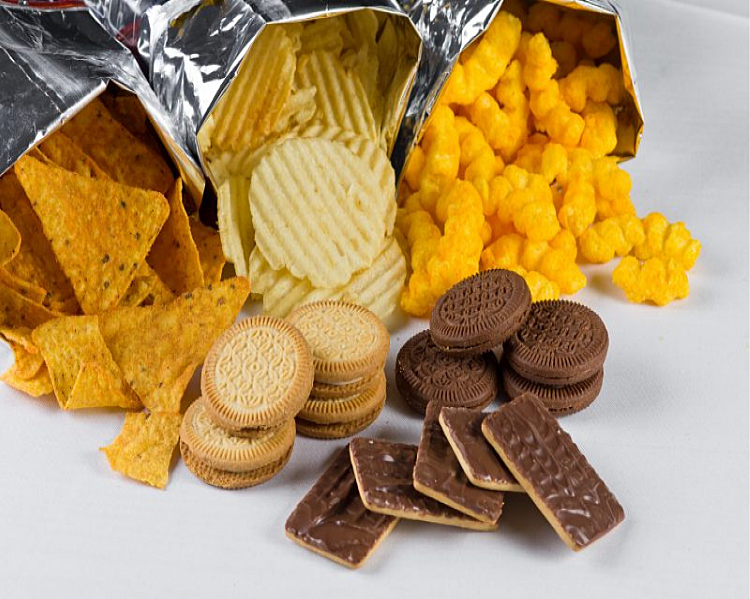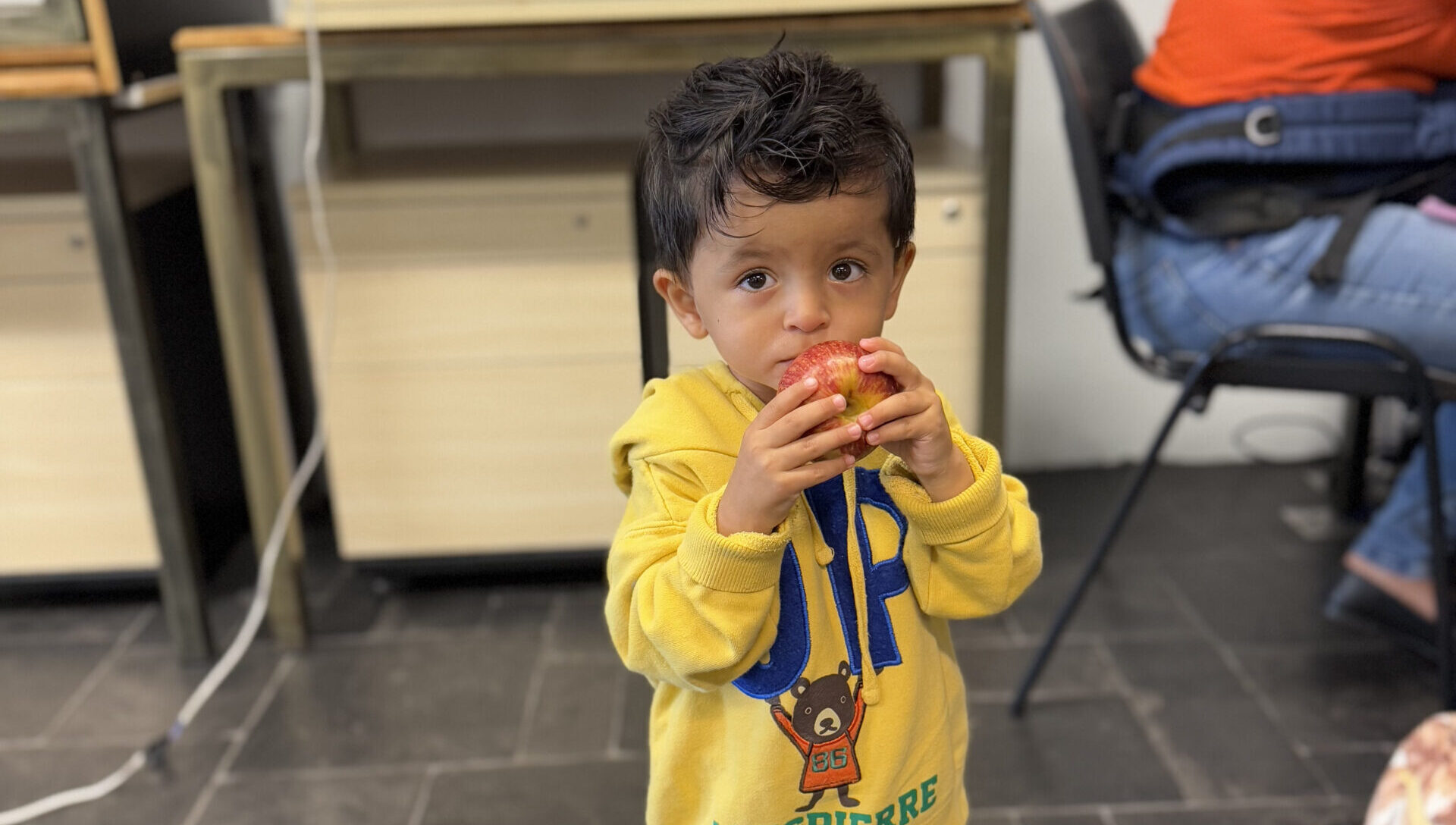Warning in children’s nutrition: ultra-processed foods can affect children’s health
Ultra-processed foods have become increasingly present on the tables of families living in socially vulnerable situations, according to the Ministry of Social Development and Assistance. When it comes to food, healthy eating is always a topic of discussion, especially because it benefits everyone’s health. However, access to this type of food can still be limited, mainly due to factors such as lack of time, the convenience of consuming ultra-processed products, and unequal access to information.
According to a study by the Brazilian Institute of Geography and Statistics (IBGE), 8 out of 10 Brazilians live in urban centers, and 16 million live in favelas and peripheral areas, where so-called “food swamps” are concentrated. Food swamps are areas where establishments that primarily sell ultra-processed foods—such as small local markets—are predominant, and people need to travel more than 15 minutes to find stores that offer healthy foods, thus making access more difficult.
In the Southeast region, most of the population lives in such areas. This is according to a study by the government in partnership with the University of São Paulo (USP), published on the Alimenta Cidades platform. The data show that about 15 million people live in food swamps in Brazil, with more than half of them located in the Southeast. This context of limited access to healthy foods can also lead to food insecurity, which occurs when a person does not have regular access to quality food to maintain good health.
What are ultra-processed foods?

Photo: CEE Fiocruz
Ultra-processed foods can be defined in different ways, but the main one is that they generally contain many ingredients not typically used in home cooking, such as chemical additives and flavorings. They also go through several stages of processing and usually have a high calorie density and low nutritional value, with high levels of sugars, fats, and salt.
Foods like cookies, chips, instant noodles, sausages, and soft drinks are some examples of ultra-processed foods. They shouldn’t necessarily be treated as villains, but when consumed in excess, they can lead to chronic non-communicable diseases.
High consumption of ultra-processed foods during childhood
If the consumption of ultra-processed foods can impact adults’ lives, it is even more dangerous for children. Childhood is when many habits begin to form, including eating habits. Diseases such as diabetes, hypertension, and obesity can be triggered by consuming foods rich in fats and sugars.
Raquel Kanup, a nutritionist at Instituto C (Central Branch), explains that these ingredients, in excess, harm health by contributing to the development of hypertension, diabetes, high cholesterol, and increased body fat. “These foods, which are rich in both chemical additives and fats, salt, and sugar, gradually affect our overall metabolism,” she adds.
The earlier a child is introduced to these foods, the higher the risks. “A child who is exposed to these foods from an early age will not only struggle to incorporate vegetables, fruits, and legumes into their diet, but is also more likely to develop diseases, especially cardiovascular issues,” explains Natalia Tanan, a nutritionist at the North Zone Branch.
An interesting tool to help children and young people better understand nutrition is the Pratinho Firmeza, created by Énois Conteúdo. It’s a guide that uses simple and approachable language, along with illustrations and meaningful conversations. The character Ayo, who leads the narrative, explores a range of reflections about the right to healthy food in childhood and youth, helping promote a deeper conversation about the topic.
Public food policies
In addition to professional support, public policies are also crucial in preventing nutritional food insecurity. These government actions ensure access to healthy foods and can include measures such as advertising regulation, accessible food labeling, and the promotion of local agriculture.
There are already initiatives in place to strengthen healthy eating and ensure that the right foods are on Brazilians’ tables. One example is the Brazilian Dietary Guidelines, created by the Ministry of Health to guide the population on what foods to eat for a better quality of life.
In the city of São Paulo, there are also locations known as Armazém Solidário (Solidarity Storehouses), which are part of a program launched in 2024 and funded by the São Paulo Food Supply Fund (FAASP). The initiative aims to offer healthy food items at more affordable prices to families in vulnerable situations registered in the CadÚnico system. The Human Rights Department’s website provides addresses and more information about food supply and security.
Furthermore, school meals are also a key element in promoting children’s health from early childhood. The National School Feeding Program regulates school meals, including efforts to reduce ultra-processed foods and increase fresh, natural options. Despite this legislation, the country still faces challenges in fully implementing healthy school meals. “A child who grows up eating fruits, vegetables, and legumes every day is much more likely to continue eating them throughout life. Unfortunately, we still see cities—even in the metropolitan area—offering ultra-processed foods in school meals,” says Raquel.
Instituto C and support for healthy eating
At Instituto C, the team works daily with families who are seeking to improve their eating habits. The topic is addressed both during group discussions, where the nutritionist and families read food labels together and analyze the ingredients in order to reflect on ultra-processed foods and encourage habit changes, and in individual consultations, which are tailored to each family’s reality and help build personalized paths for change.
“Despite everything, it’s important to understand that this is more of a battle to reduce the freedom of the food industry and to inform people. I can choose between eating homemade cake or store-bought cake because I have the information,” Raquel explains.
Natalia also notes that some families may be more resistant to changing habits, especially due to cost concerns, since ultra-processed foods tend to be cheaper than healthy ones. However, finding a balance is possible. “I always start off very neutral and calm, giving people autonomy. And when I see that the family is a bit more resistant, I start introducing some goals and objectives,” the nutritionist explains.

